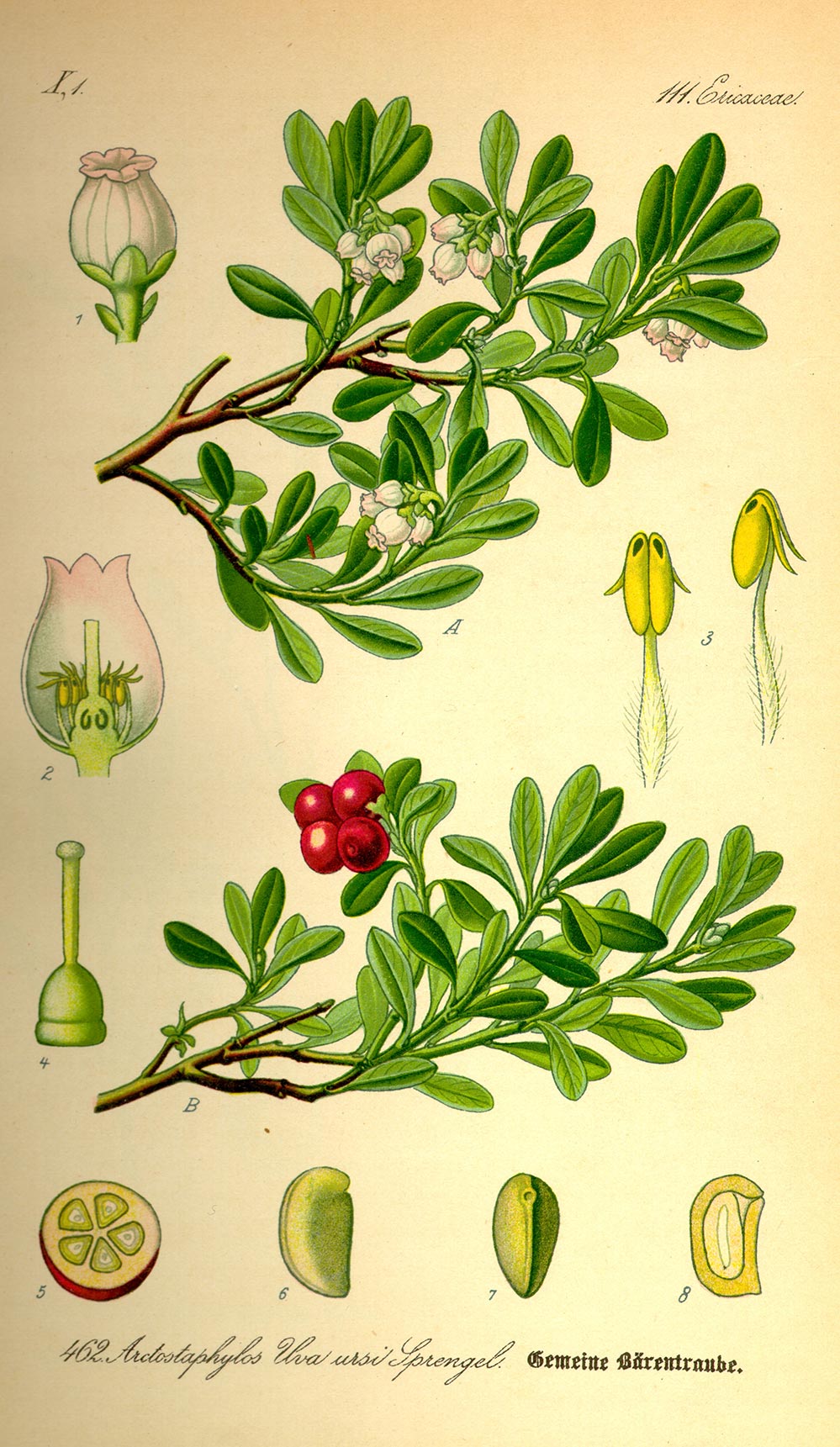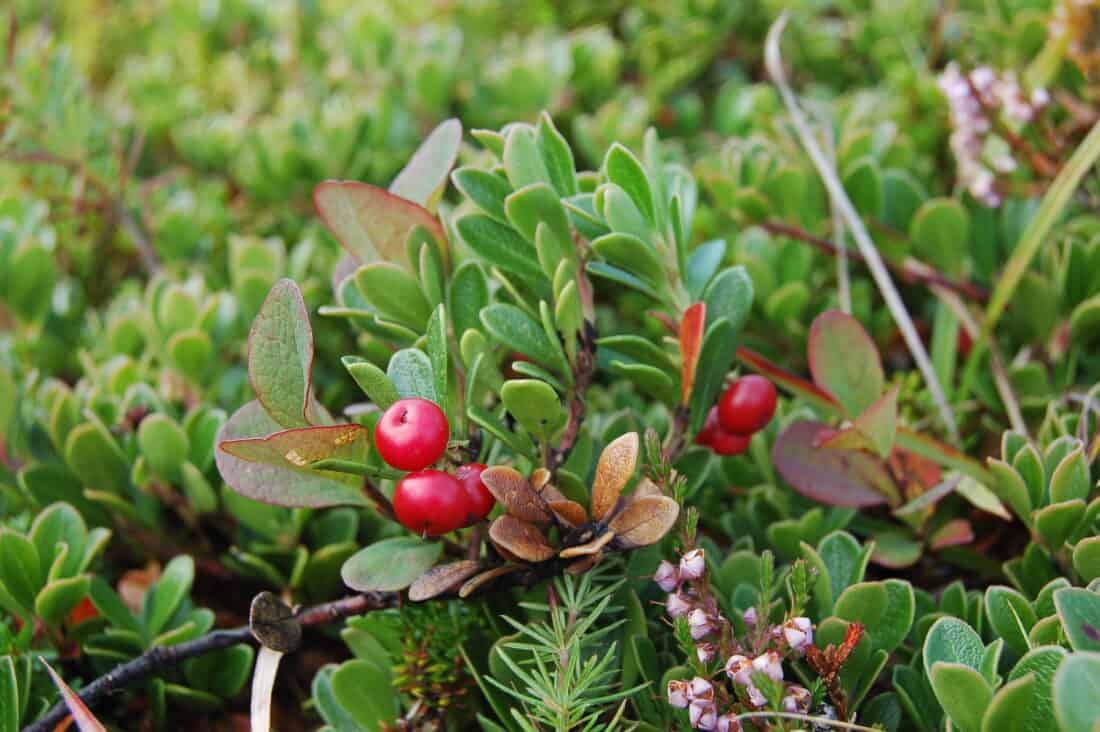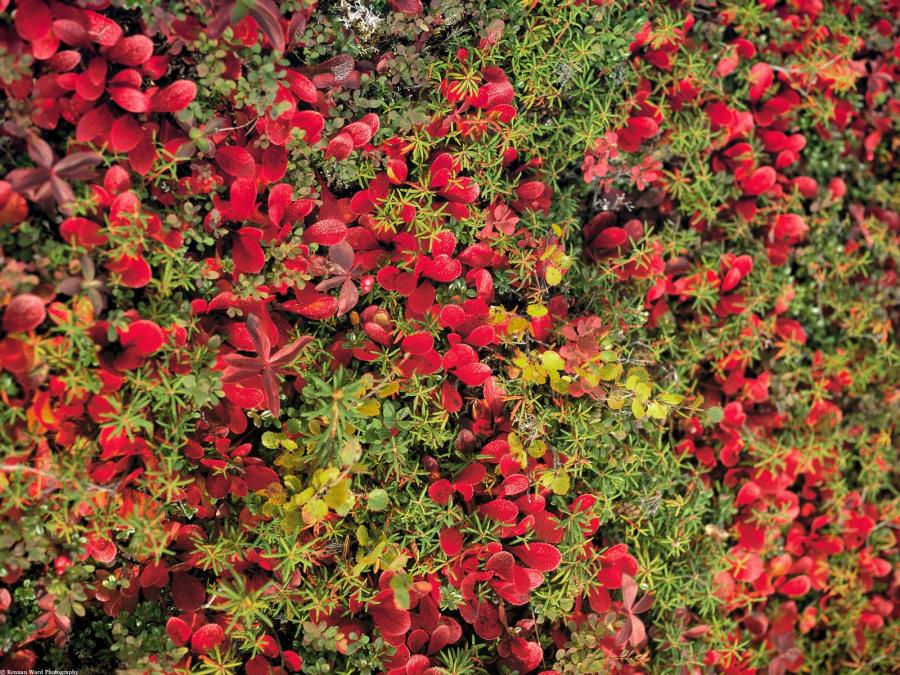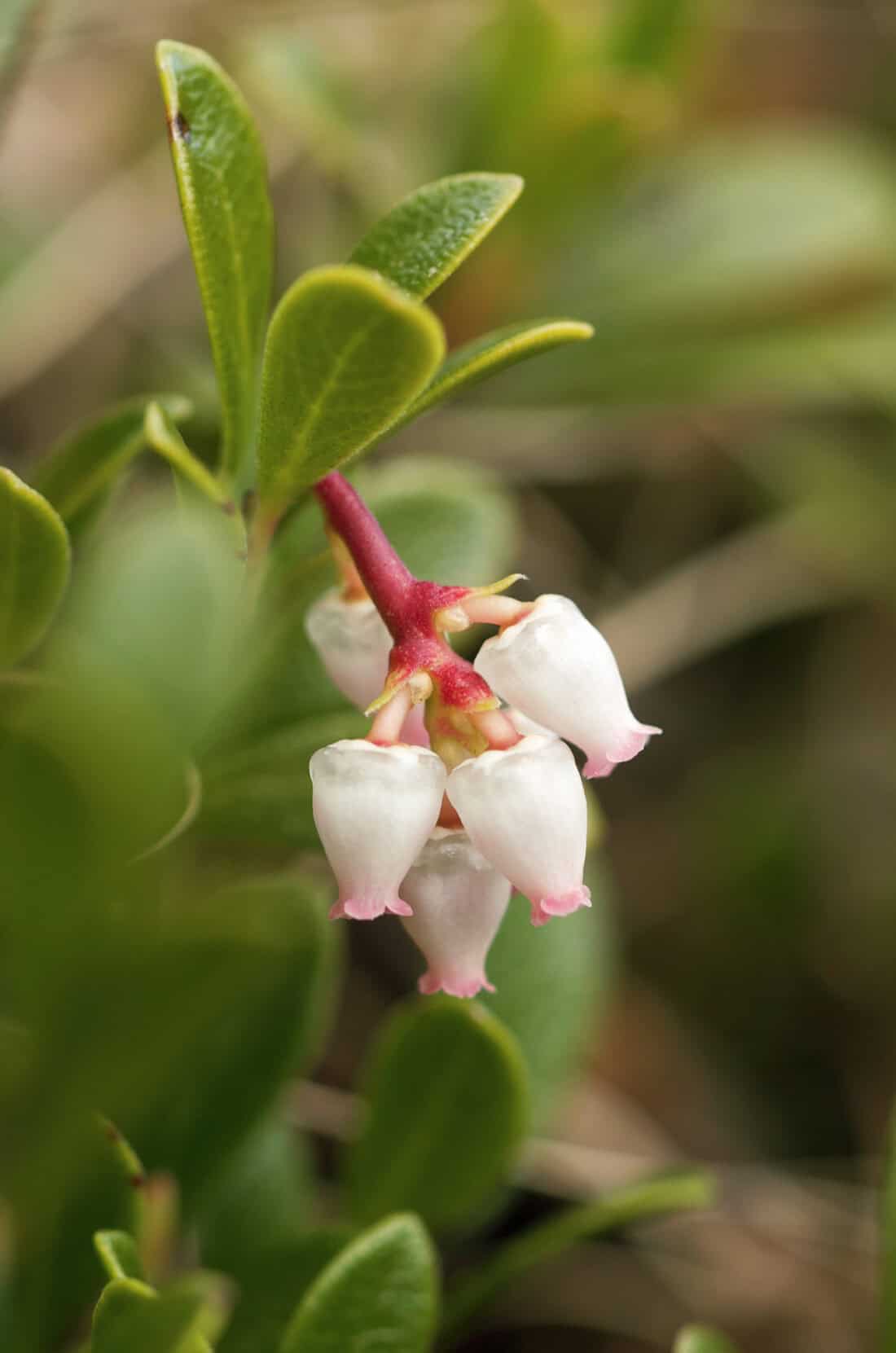I could be tempted to use this plant just for the fun of saying it’s name – Arctostaphylos uva-ursi (ark-toh-STAF-i-los u-VA er-SI) or one of it’s common names, kinnikinnick. It’s like I am Jane Fonda in Dancing with the Wolves.

The fact is, it is a pretty useful garden plant, too. It is an evergreen shrub and ground cover that is tolerant of poor soils, attracts wildlife, requires no maintenance or fertilizing, and is salt-tolerant—it checks a lot of boxes. It’s great for rock gardens and coastal gardens. The small rose flowers come on early in the summer, and it puts out red berries in autumn.


It is an excellent choice for providing winter interest, with tiny leaves that turn bronze in the fall and small bright red berries that last until spring. I’m noting the moss (I think) that is peaking through it in the image above and I wonder if it thrives in the same conditions? I have lots of mossy patches and would love to mix in this ground-trailing shrub to reduce the lawn and introduce more biodiversity.
Not only is this plant a great problem solver in the landscape, but it is a well know culinary and medicinal herb. The berries can be treated like cranberries and used in jams and jellies.

More ground covers, interesting plants, and garden ideas are needed.
- How to Save Time, Money, and Water with Garden Ground Cover Plants
- The Best Ground Covers to Replace Expensive Garden Mulch
- Before & After: Alexandra’s Make-Under Covered Patio
- Easy Ground Cover Plants for an Urban Shade Garden Project
- Meehans mint (Meehania cordata) – The Groundcover Mint Gardeners Don’t Fear
+comments+